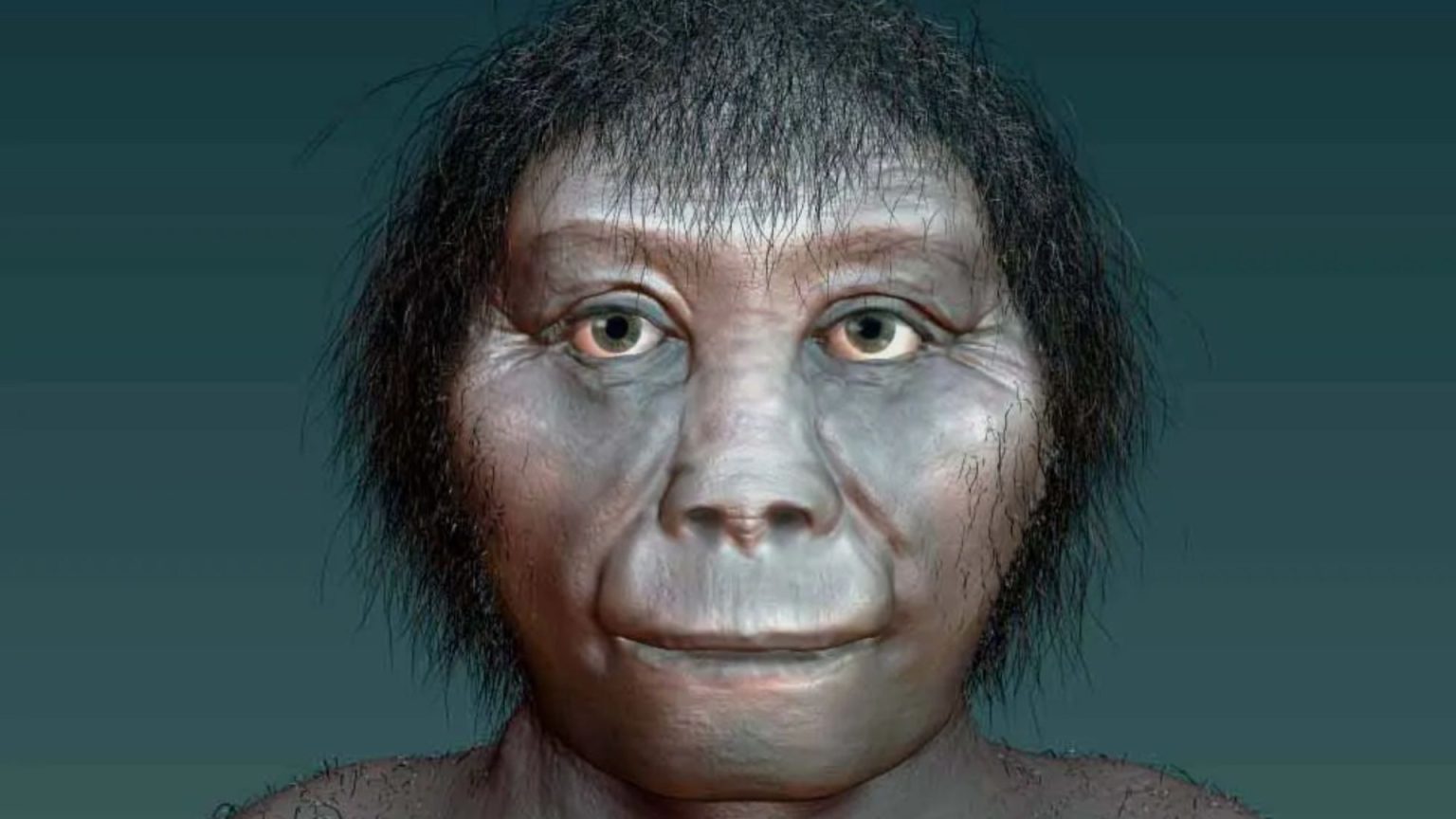The possibility of the persistence of Homo floresiensis, affectionately known as “hobbits,” has captivated the scientific community and the public imagination. These diminutive hominins, standing at a mere 3.5 feet tall, were first discovered in 2003 on the Indonesian island of Flores, challenging established narratives of human evolution. Their skeletal remains revealed a unique blend of human and ape-like features: bipedal locomotion akin to humans, yet covered in hair and possessing a more simian facial structure. Initially, scientists speculated that they were a dwarfed variant of Homo sapiens, but later classified them as a distinct species, Homo floresiensis, named after their island home.
The enigma of the hobbits deepened with the assertion by Gregory Forth, a leading expert who has dedicated four decades to studying them, that these elusive creatures might still roam the island. Forth, who has conducted extensive fieldwork and ethnographic research on Flores, documented local folklore that speaks of small, human-like beings called “lai ho’a” predating the discovery of the hobbit fossils. These accounts resonate strikingly with the scientific descriptions of Homo floresiensis, lending credence to the idea of their continued existence. Forth’s interviews with islanders who claim to have witnessed these miniature hominins further bolsters his belief that a small, surviving population may persist, hidden within the island’s dense jungles.
The discovery of even older and smaller skeletal remains in 2016, at the Mata Menge site on Flores, has added another layer to the hobbit narrative. These fossils, dating back 700,000 years, suggest an evolutionary lineage of increasingly smaller hominins on the island. Analysis of a tiny arm bone fragment and teeth from these remains indicated a stature of just 3.3 feet, even shorter than their later descendants. This finding supports the “island dwarfism” hypothesis, suggesting that limited resources and isolation on the island may have driven a reduction in body size over generations. The existence of this earlier, smaller ancestor solidifies Flores as a crucial location for understanding human evolution and the diverse adaptations of hominin species.
The debate surrounding the hobbits’ evolutionary history and potential survival continues to fuel research. Their small stature has led to various theories, including island dwarfism and the possibility of a lineage stemming from an even earlier hominin ancestor, potentially Homo erectus, known to have inhabited the region. The hobbits’ tool use and other evidence suggest a level of cognitive complexity despite their small brain size. The tools found alongside their remains, though simple, indicate an ability to adapt and thrive in their environment. Whether they represent an entirely separate human lineage or an example of extreme adaptation within a known species remains a central question in paleoanthropology.
The implications of finding a living population of Homo floresiensis would be profound, revolutionizing our understanding of human evolution and biodiversity. It would offer an unprecedented opportunity to study a hominin species distinct from modern humans, providing invaluable insights into human origins and the diversity of hominin lineages. The ethical considerations surrounding such a discovery would be paramount, requiring careful planning and collaboration with local communities to ensure the protection and preservation of these unique hominins and their environment.
The search for the hobbits continues, driven by scientific curiosity and the tantalizing possibility of a living relic from our evolutionary past. The combination of fossil evidence, local folklore, and ongoing fieldwork creates a sense of anticipation within the scientific community. If proven true, the continued existence of Homo floresiensis would not only rewrite textbooks but also underscore the interconnectedness of human evolution and the persistent mysteries that our planet holds. The island of Flores, a crucible of hominin evolution, serves as a poignant reminder of the complexities and unexplored depths of our own origins.











